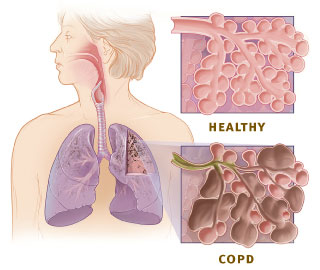In a recent study in Asian countries , a possible association between white rice consumption and diabetes has been suspected. The researchers suspect that white rice contributes to diabetes risk because of its high glycemic index (64) when compared with brown rice (55), whole wheat (41), or barley (25).
| White Rice (Photo credit: Wikipedia) |
Gycemic index (GI) is an estimate of rise in blood glucose after consumption of each gram of available carbohydrate (total carbohydrate minus fiber) in a food; in comparison to that of glucose. Glucose has a glycemic index of 100.
The 4 papers included 352,384 participants, with 13,284 incident cases of type 2 diabetes during follow-up periods ranging from 4 to 22 years.
Diabetes mellitus is mostly seen in a populations that have undergone nutritional transition. It is associated with change of lifestyle from active to that of a sedentary one, unhealthy dietary pattern with over consumption of energy rich ones; first seen in the developed Western world, now replicated in low income and middle income countries.
- Low GI 55 or less most fruits and vegetables, legumes/pulses, some whole, intact grains, nuts, fructose, kidney beans, beets, chick peas
- Medium GI 56–69 whole wheat products, basmati rice, sweet potato, sucrose, baked potatoes.
- High GI 70 and above white bread, most white rices, corn flakes, extruded breakfast cereals, glucose, maltose, maltodextrins
...
Click here to Subscribe news feed from "Clinicianonnet; so that you do not miss out anything that can be valuable to you !!
...






